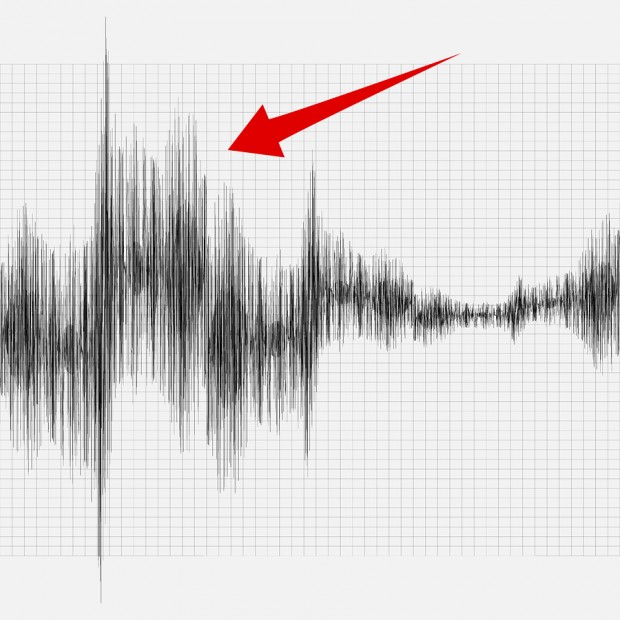A recent wave of small earthquakes in and around the Eagle Ford formation in Texas was probably the result of extracting oil and in some cases water used for hydraulic fracturing, according to a study.
Clusters of small-magnitude seismic events between November 2009 and September 2011 were “often associated with fluid extraction,” according to the study scheduled to appear this week in the online edition of the journal Earth and Planetary Science Letters. The study follows previous research that links earthquakes to the disposal of drilling wastewater by injecting it underground.
Oil production in the Eagle Ford basin in southern Texas, has surged to about 600,000 barrels a day from 15,000 barrels in 2010, according to the Texas Railroad Commission. Production is up as drillers use hydraulic fracturing, or fracking, a process in which millions of gallons of chemically-treated water and sand are pumped underground, to free hydrocarbons.
“You’re pulling out large volumes,” Cliff Frohlich, co- author of the study and associate director of the Institute for Geophysics at the University of Texas, said in an interview. “You remove stuff, and stuff adjusts or slumps around and either above or below the area where you remove it.”
The drilling stage in which liquids are injected underground wasn’t implicated, he said.
“We don’t see any evidence that injection in the Eagle Ford appears to routinely cause earthquakes,” Frohlich said.
Seismograph Stations
Frohlich used data from temporary seismograph stations to identify 62 small earthquakes, almost all of which occurred near wells extracting oil or water. In Dimmit County, Texas, 21 of 22 earthquakes were within 6.2 miles (10 kilometers) of wells used to produce water for fracking and agriculture, according to the study.
A 2012 study by Frohlich of the Barnett Shale in northern Texas found that earthquakes were triggered by injecting drilling wastewater underground.
Scientists have linked Oklahoma’s biggest recorded earthquake to the disposal of wastewater from oil production. The 5.7-magnitude quake in 2011 followed an 11-fold bump in seismic activity across the central U.S. in recent years as disposal wells are created to handle increases in wastewater from hydraulic fracturing, or fracking, according to researchers at the University of Oklahoma, Columbia University and the U.S. Geological Survey.
The researchers said the results point to the long-term risks the thousands of wells pose and show a need for better monitoring and government oversight.
“This issue really boils down to effective risk management and continuously improving production processes,” Steve Everley, a spokesman for Energy in Depth, a group representing gas drillers, said in an e-mail. “The industry has the tools to do just that, has been doing it, and will continue to do it well into the future.”
–Editors: Jon Morgan, Michael Shepard





















 Trump Signs Order Seeking to Limit State-Level AI Regulation
Trump Signs Order Seeking to Limit State-Level AI Regulation  How Carriers Are Pairing AI and Process Discipline to Drive Subrogation Outcomes
How Carriers Are Pairing AI and Process Discipline to Drive Subrogation Outcomes  What to Expect in 2026: U.S. P/C Results More Like 2024
What to Expect in 2026: U.S. P/C Results More Like 2024  Odometer Fraud Sees 14% Jump in the Past Year
Odometer Fraud Sees 14% Jump in the Past Year 

